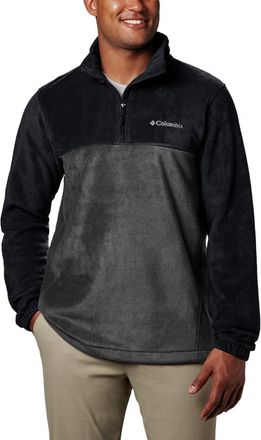Fleece Jackets / Fleece Jumpers
Fleece Jackets / Fleece Jumpers
Fleece Jackets / Fleece Jumpers

SUPREME
x The North Face RTG fleece jacket - Red
£385.00
FARFETCH

SUPREME
x The North Face steep tech fleece jacket - Black
£515.00
FARFETCH


SUPREME
x The North Face bleached denim fleece jacket - Brown
£483.00
FARFETCH
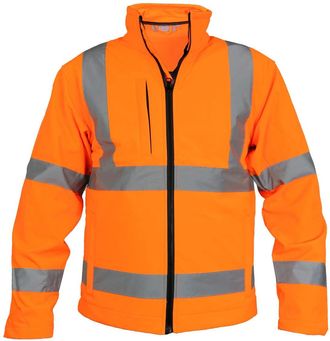

SUPREME
x The North Face RTG fleece jacket - Black
£385.00
FARFETCH

-30%
Axel Arigato
logo-patch long-sleeve fleece jacket - Black
£189.00
£270.00
FARFETCH

SUPREME
x The North Face Arc Logo Denali fleece jacket - Red
£776.00
FARFETCH

-41%
Msgm
logo-patch fleece jacket - Brown
£232.00
£396.00
FARFETCH

-60%
Aztech Mountain
Ozone insulated fleece jacket - Purple
£246.00
£615.00
FARFETCH

SUPREME
x The North Face RTG fleece jacket - Green
£423.00
FARFETCH

SUPREME
x The North Face bleached denim fleece jacket - Blue
£457.00
FARFETCH

SUPREME
x The North Face Steep tech fleece jacket - White
£646.00
FARFETCH

SUPREME
x The North Face fleece jacket - Blue
£515.00
FARFETCH

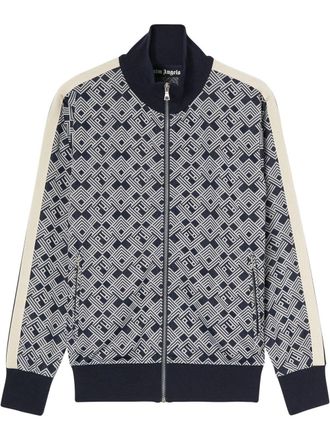
-40%
Palm Angels
monogram-pattern track jacket - Blue
£336.00
£560.00
FARFETCH

-25%
Aztech Mountain
Ajax rain jacket - Orange
£396.00
£528.00
FARFETCH

-30%
Herno
hooded down jacket - Black
£703.00
£1,005.00
FARFETCH

Tommy Jeans
COATS & JACKETS - Jackets on YOOX.COM Blue
£180.00
Yoox.com

Comme Des Garçons
x K-Way pullover hooded jacket - Blue
£145.00
FARFETCH

-55%
Castore
logo-print lightweight jacket - Blue
£90.00
£200.00
FARFETCH
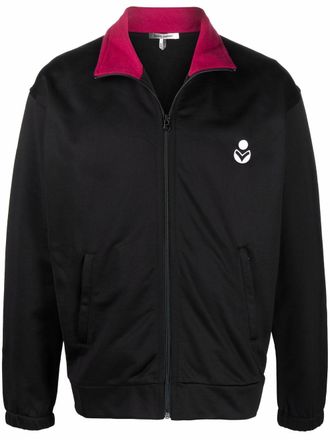
-38%
Isabel Marant
logo-embroidered bomber jacket - Black
£278.00
£452.00
FARFETCH
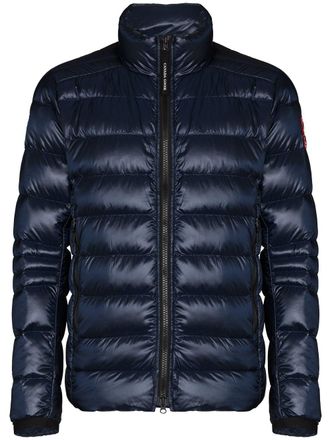
Canada Goose
Crofton padded jacket - Blue
£1,091.00
FARFETCH

Mil-Tec
Womens Combat Jacket Black
£50.31
Amazon

Moncler
Scie hooded windbreaker - Green
£990.00
FARFETCH

Palm Angels
Classic side-stripe zipped jacket - Pink
£314.00
FARFETCH

Regatta
Unisex Dover Jacket, Navy/Navy, L UK Blue
£23.29
Amazon
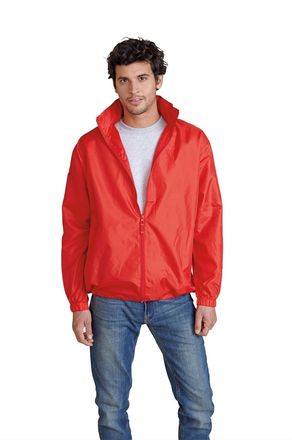
Kariban
Windbreaker - Red - 2XL Blue
£14.99
Amazon

Regatta
TRW297 5R295 Jackets Waterproof Insulated
£23.29
Amazon

-60%
NILøS
Mask high-neck track jacket - Black
£282.00
£705.00
FARFETCH

-35%
Marcelo Burlon
Tempera Cross track jacket - Black
£246.00
£380.00
FARFETCH

Palm Angels
glitter lurex track jacket - Green
£726.00
FARFETCH
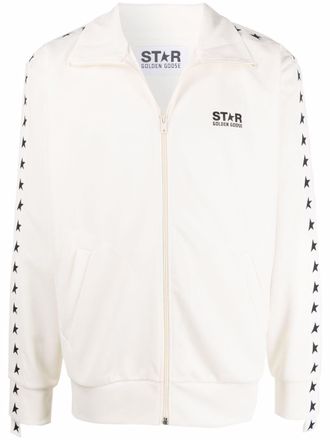
Golden Goose
Star Collection sports jacket - White
£265.00
FARFETCH
This season’s trends
- Towelling dressing gowns
- Timberland winter shoes
- Dressing gowns for women
- Paul Smith scarves
- Wool pea coats for women
- Alexander McQueen scarves
- Amazon dressing gowns
- Woolrich parkas
- Canada Goose winter jackets for men
- Fur fur jackets
- Winter shoes for women
- Winter coats for women
- Duffle coats for men
- Winter coats for men
- Winter jackets for men
- Winter shoes for men
- Gucci scarves
- Cashmere jumpers for men
- Snoods for women
- Half zip jumpers for women
- Duffle coats for women
- Bobble hats for women
- Gucci scarves for women
- Acne Studios scarves
- Half zip jumpers for men
- Pea coats for women
- Pea coats for men
- Ralph Lauren winter jackets
- Burberry scarves
- Dressing gowns for men
about products and deals
